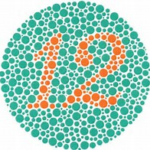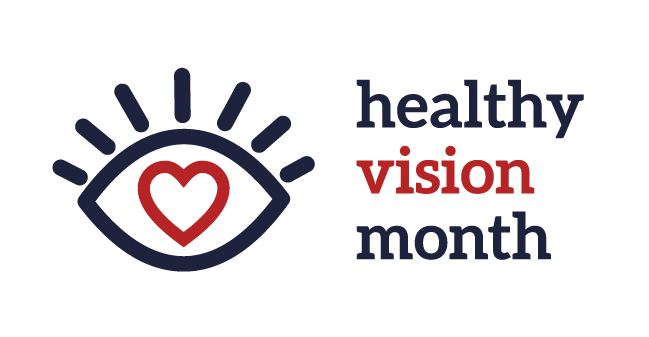
Color helps us remember objects, influences our purchases and sparks our emotions. But did you know that objects do not possess color? They reflect wavelengths of light that are seen as color by the human brain.
The visible spectrum for humans falls between ultraviolet light and red light. Scientists estimate that humans can distinguish up to 10 million colors.
When light hits an object, such as a lemon, the object absorbs some of that light and reflects the rest of it. That reflected light enters the human eye first through the cornea, the outermost part of the eye. The cornea bends light toward the pupil, which controls the amount of light that hits the lens. The lens then focuses the light on the retina, the layer of nerve cells in the back of the eye.

